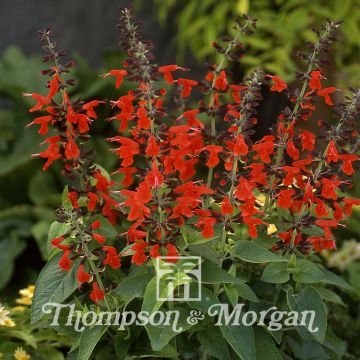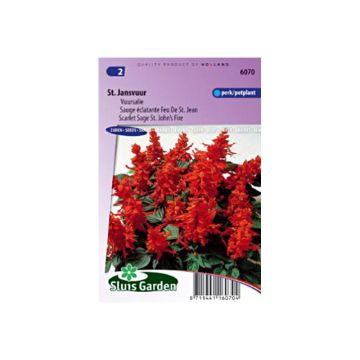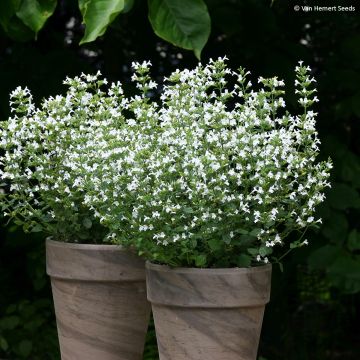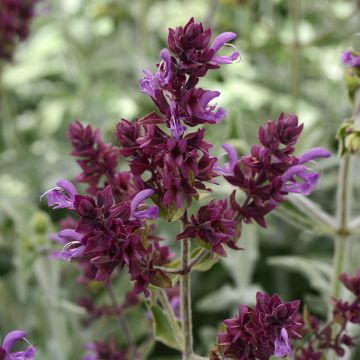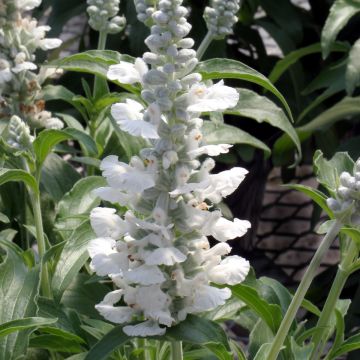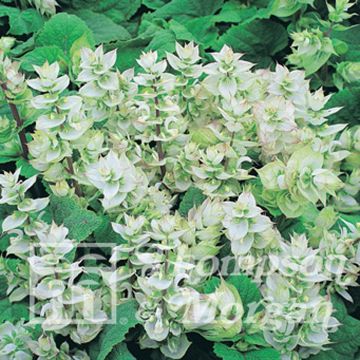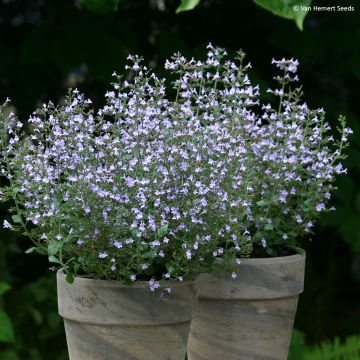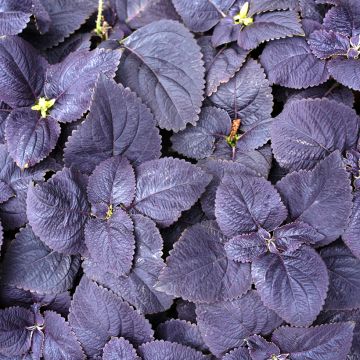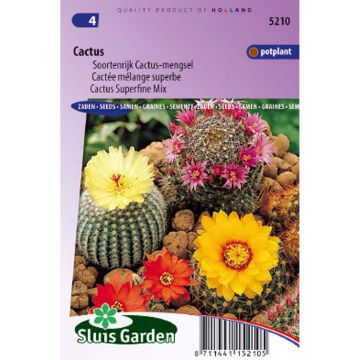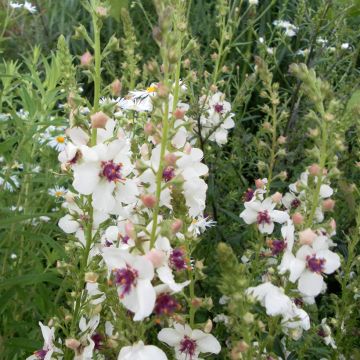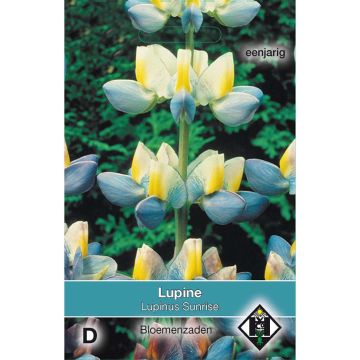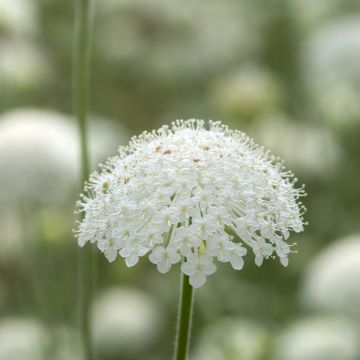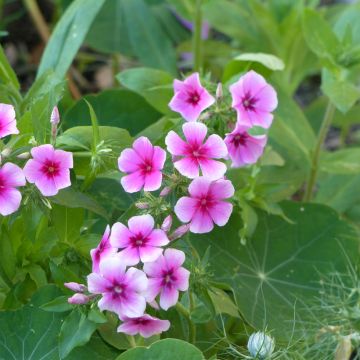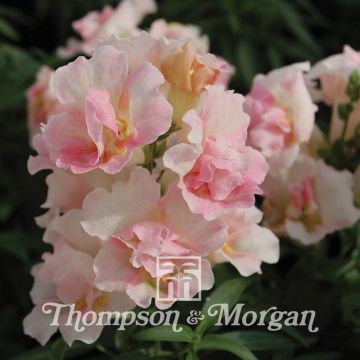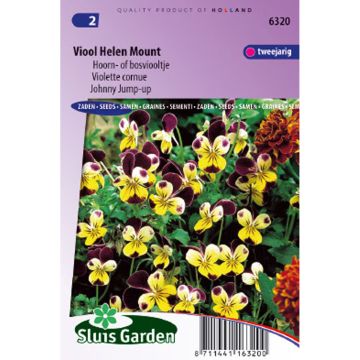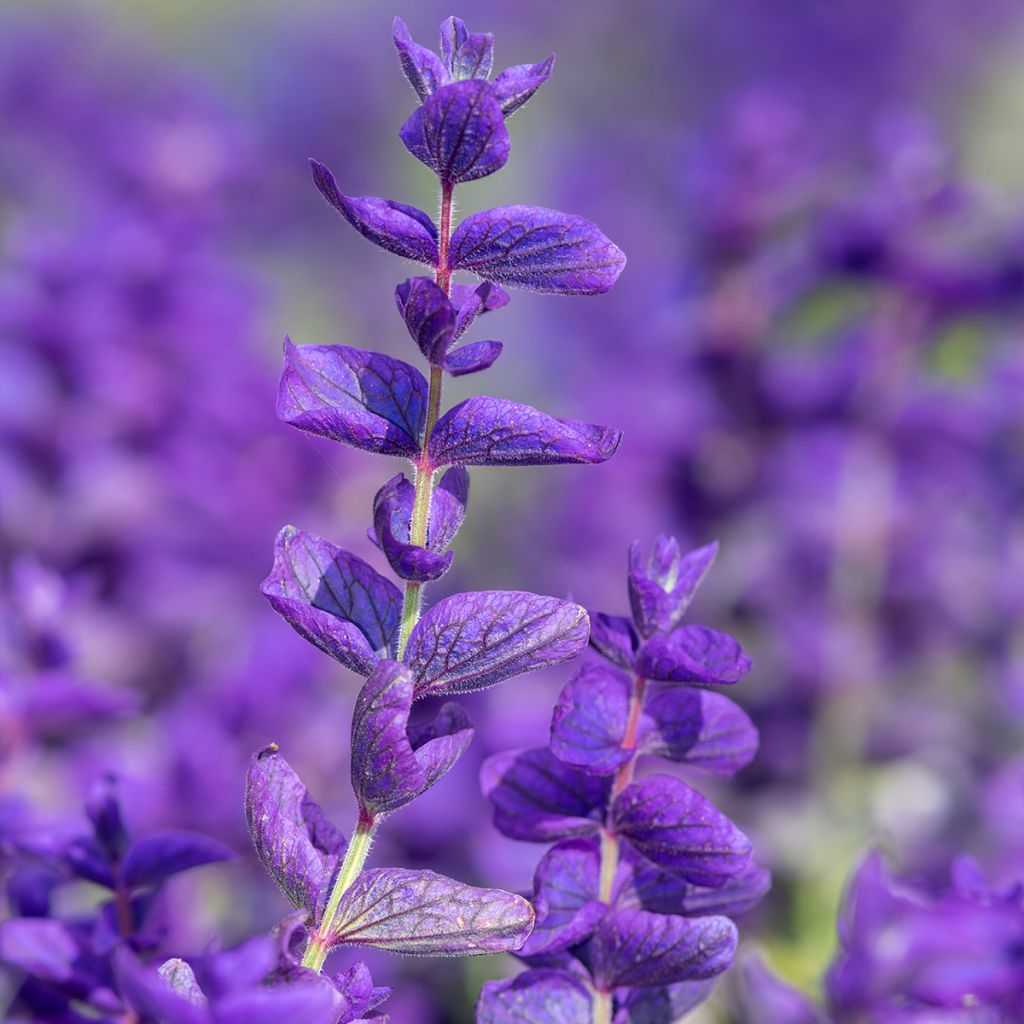

Salvia viridis Blue Monday - seeds
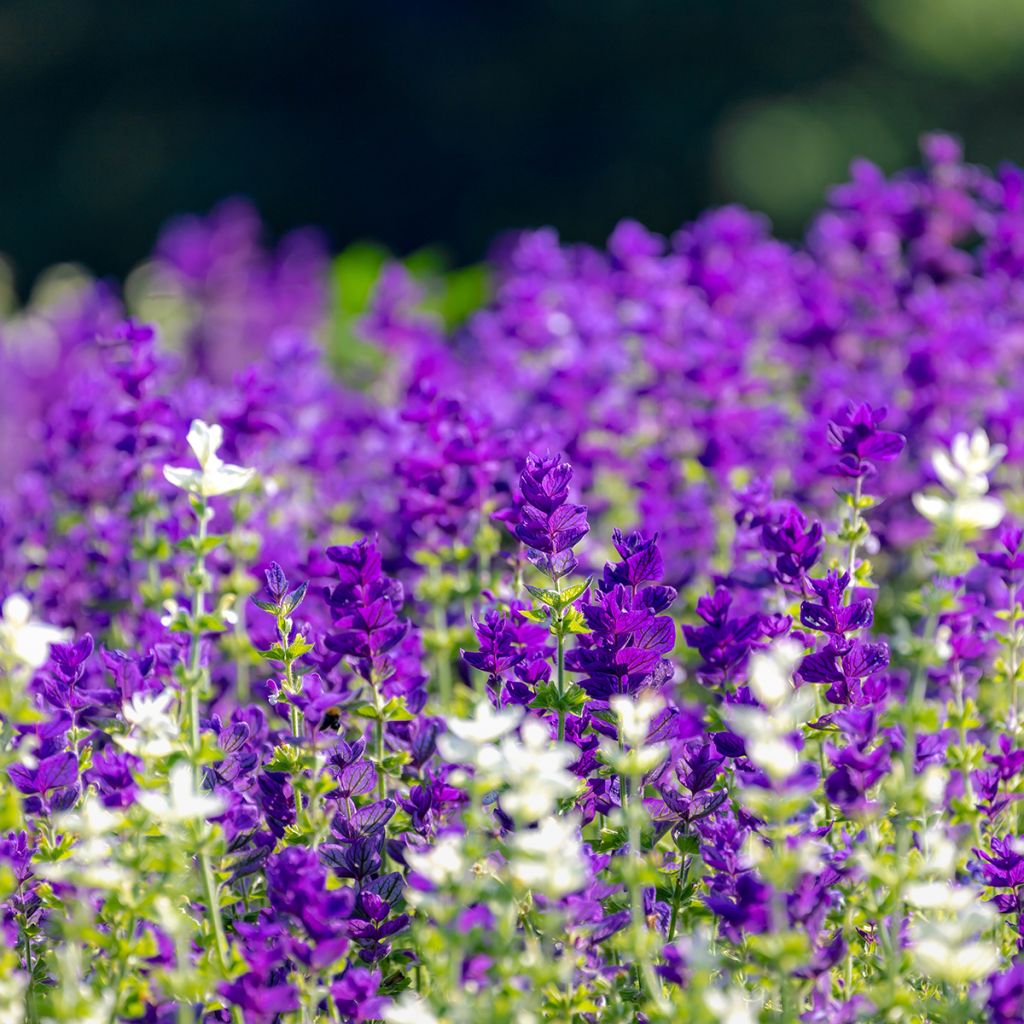

Salvia viridis Blue Monday - seeds
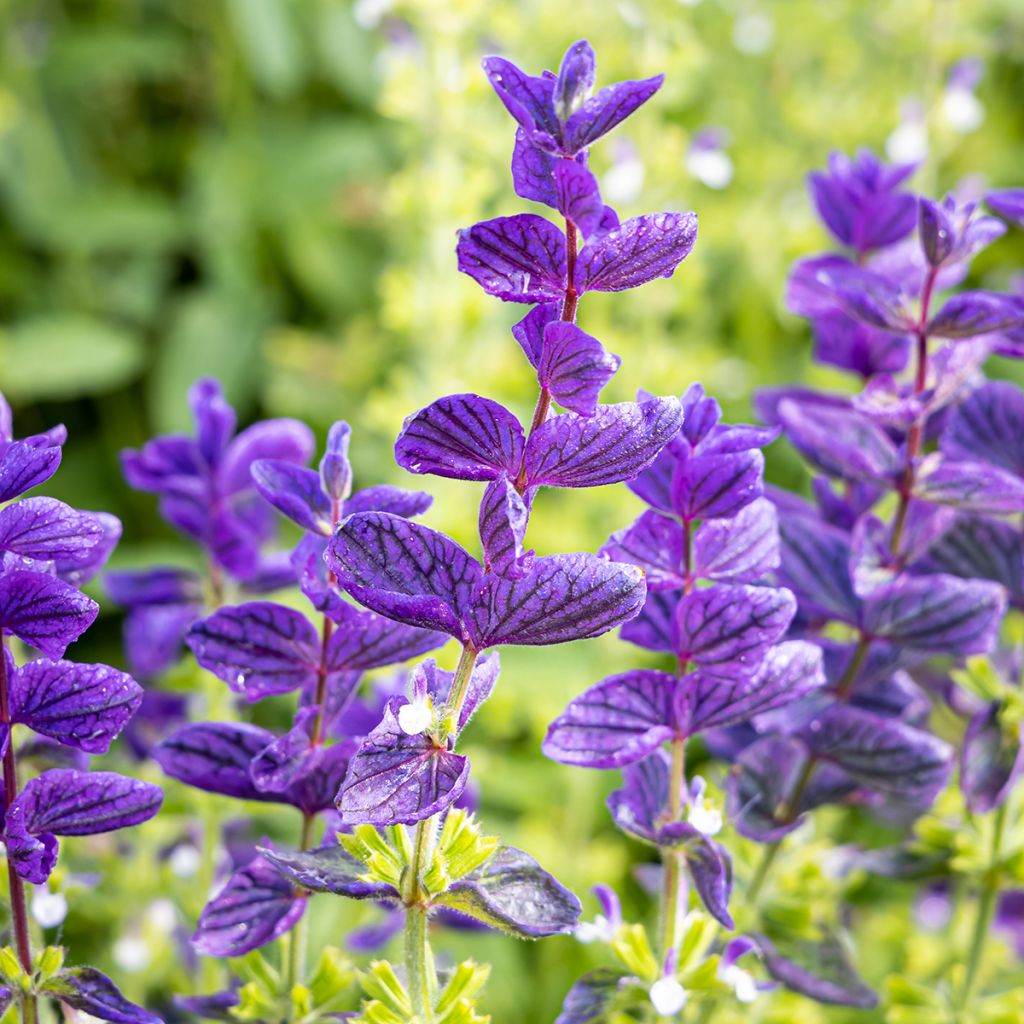

Salvia viridis Blue Monday - seeds
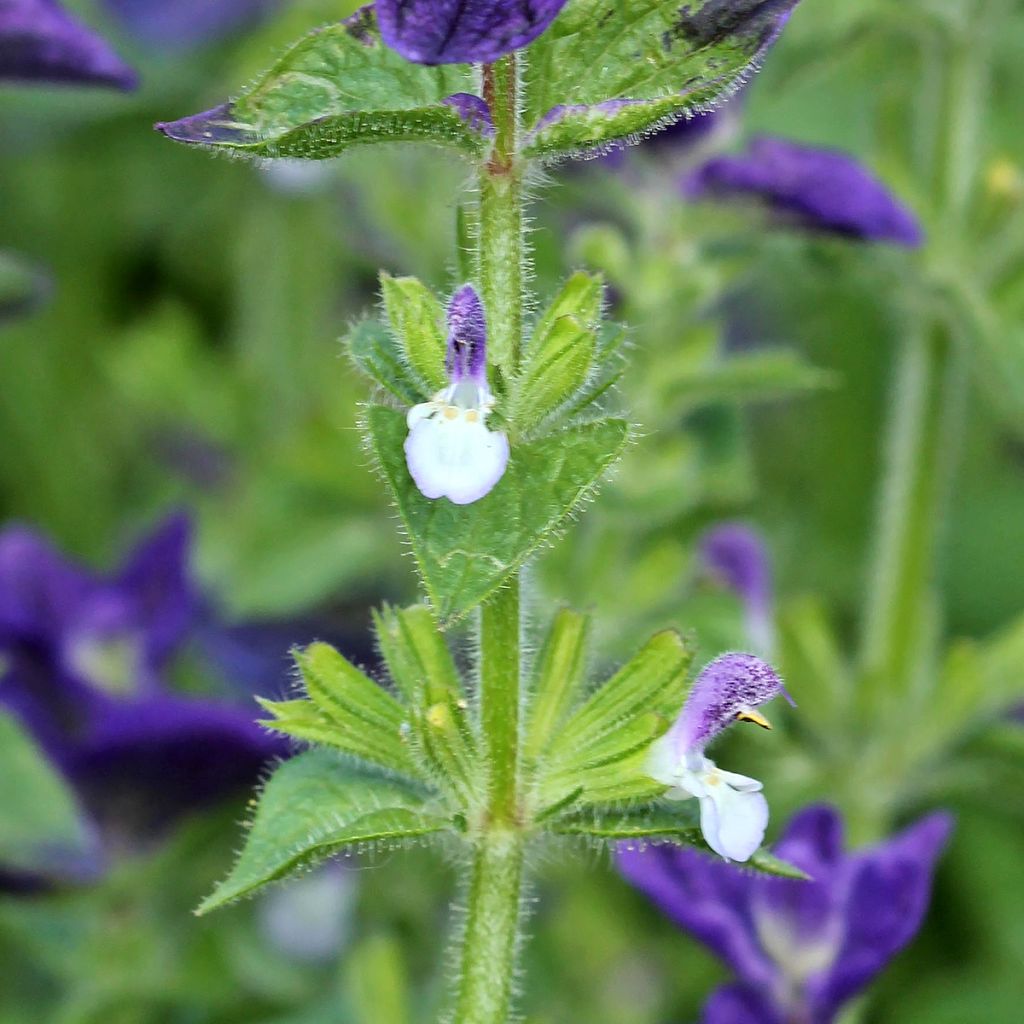

Salvia viridis Blue Monday - seeds
Salvia viridis Blue Monday - seeds
Salvia viridis Blue Monday
Painted Sage, Annual Clary
This item cannot be shipped to the selected country
Dispatch by letter from €3.90
More information
Schedule delivery date,
and select date in basket
This plant carries a 6 months recovery warranty
More information
We guarantee the quality of our plants for a full growing cycle, and will replace at our expense any plant that fails to recover under normal climatic and planting conditions.
Seed-only orders are dispatched by sealed envelope. The delivery charge for seed-only orders is €3.90.
Does this plant fit my garden?
Set up your Plantfit profile →
Description
The 'Blue Monday' Sage, in Latin Salvia viridis, is an annual plant native to the Mediterranean region. While its flowers are rather insignificant, its bracts are highly decorative and long-lasting. They are indigo blue with purple veins and present from June to September on hairy foliage. This easy-to-grow sage is rewarding, undemanding, and quite resistant to drought. Sow in place, in spring, in full sun or partial shade.
Salvia viridis is an annual sage, also known as green sage, belonging to the Lamiaceae family. It is naturally found growing in dry areas of the Mediterranean region. It has given rise to numerous cultivars. The 'Blue Monday' selection grows vigorously and quickly forms clumps 60 cm (24in) tall when in flower, sometimes branching at the base, with an upright and bushy habit. It has oval or oblong, 5 cm (2in) long, hairy, finely crenate, fairly dark green leaves. The flowering lasts about a month, between June and September, depending on the sowing date. The violet or mauve flowers are quite small, arranged in spike-like clusters and quickly fall off. They are surrounded by large sterile, vivid indigo-blue bracts marked with darker veins. These nectar-rich inflorescences do not fall off the plant and remain ornamental once dried. They are perfect flowers for fresh or dried bouquets.
The 'Blue Monday' Sage has sumptuous spikes of vibrant colour, stunning in beds or pots. It is perfect for quickly flowering the garden or terrace and easily self-seeds. It can be grown with other easy annuals like love-in-a-mist, cosmos, and Californian poppies. They quickly create a countryside composition. With perennials, it can be paired with common lady's mantle for an electric duo, or echinaceas and poppies. The floral spikes of this sage are highly appreciated in dried flower arrangements, with poppy seed heads and statice flowers.
Report an error about the product description
Salvia viridis Blue Monday - seeds in pictures




Flowering
Foliage
Plant habit
Botanical data
Salvia
viridis
Blue Monday
Lamiaceae
Painted Sage, Annual Clary
Salvia viridis Blue Monday
Cultivar or hybrid
Other Salvia seeds
Planting and care
Sowing is generally done directly in place as this technique yields better results.
Sow directly in place in spring (April-May), in well-prepared and loosened soil, burying the seeds under 3 mm (0in) of vermiculite. Then thin out to leave one plant every 30 cm (12in).
Sowing in trays is also possible:
Sow in February and March, in a tray filled with sterilised compost, without covering the seeds as they need light to germinate. Then place the tray at a temperature of 24 °C (75.2°F). Germination will take 10 to 14 days. Three weeks after sowing, transplant into trays or pots of sandy compost. Sage plants are susceptible to damping off.
Grow in a bright location, at a cool temperature of 16 °C (60.8°F) and only water when the soil is dry. Feed moderately every three weeks with a diluted balanced fertiliser.
Transplant outdoors in the third week of May, at a distance of 30 cm (12in). Sage plants thrive in full sun or light shade and prefer rich, well-drained soil. Removing faded flowers allows the plants to bloom continuously. Occasional feeding with soluble fertiliser is a good idea.
Sowing period
Intended location
This item has not been reviewed yet - be the first to leave a review about it.
Flower seeds
Haven't found what you were looking for?
Hardiness is the lowest winter temperature a plant can endure without suffering serious damage or even dying. However, hardiness is affected by location (a sheltered area, such as a patio), protection (winter cover) and soil type (hardiness is improved by well-drained soil).

Photo Sharing Terms & Conditions
In order to encourage gardeners to interact and share their experiences, Promesse de fleurs offers various media enabling content to be uploaded onto its Site - in particular via the ‘Photo sharing’ module.
The User agrees to refrain from:
- Posting any content that is illegal, prejudicial, insulting, racist, inciteful to hatred, revisionist, contrary to public decency, that infringes on privacy or on the privacy rights of third parties, in particular the publicity rights of persons and goods, intellectual property rights, or the right to privacy.
- Submitting content on behalf of a third party;
- Impersonate the identity of a third party and/or publish any personal information about a third party;
In general, the User undertakes to refrain from any unethical behaviour.
All Content (in particular text, comments, files, images, photos, videos, creative works, etc.), which may be subject to property or intellectual property rights, image or other private rights, shall remain the property of the User, subject to the limited rights granted by the terms of the licence granted by Promesse de fleurs as stated below. Users are at liberty to publish or not to publish such Content on the Site, notably via the ‘Photo Sharing’ facility, and accept that this Content shall be made public and freely accessible, notably on the Internet.
Users further acknowledge, undertake to have ,and guarantee that they hold all necessary rights and permissions to publish such material on the Site, in particular with regard to the legislation in force pertaining to any privacy, property, intellectual property, image, or contractual rights, or rights of any other nature. By publishing such Content on the Site, Users acknowledge accepting full liability as publishers of the Content within the meaning of the law, and grant Promesse de fleurs, free of charge, an inclusive, worldwide licence for the said Content for the entire duration of its publication, including all reproduction, representation, up/downloading, displaying, performing, transmission, and storage rights.
Users also grant permission for their name to be linked to the Content and accept that this link may not always be made available.
By engaging in posting material, Users consent to their Content becoming automatically accessible on the Internet, in particular on other sites and/or blogs and/or web pages of the Promesse de fleurs site, including in particular social pages and the Promesse de fleurs catalogue.
Users may secure the removal of entrusted content free of charge by issuing a simple request via our contact form.
The flowering period indicated on our website applies to countries and regions located in USDA zone 8 (France, the United Kingdom, Ireland, the Netherlands, etc.)
It will vary according to where you live:
- In zones 9 to 10 (Italy, Spain, Greece, etc.), flowering will occur about 2 to 4 weeks earlier.
- In zones 6 to 7 (Germany, Poland, Slovenia, and lower mountainous regions), flowering will be delayed by 2 to 3 weeks.
- In zone 5 (Central Europe, Scandinavia), blooming will be delayed by 3 to 5 weeks.
In temperate climates, pruning of spring-flowering shrubs (forsythia, spireas, etc.) should be done just after flowering.
Pruning of summer-flowering shrubs (Indian Lilac, Perovskia, etc.) can be done in winter or spring.
In cold regions as well as with frost-sensitive plants, avoid pruning too early when severe frosts may still occur.
The planting period indicated on our website applies to countries and regions located in USDA zone 8 (France, United Kingdom, Ireland, Netherlands).
It will vary according to where you live:
- In Mediterranean zones (Marseille, Madrid, Milan, etc.), autumn and winter are the best planting periods.
- In continental zones (Strasbourg, Munich, Vienna, etc.), delay planting by 2 to 3 weeks in spring and bring it forward by 2 to 4 weeks in autumn.
- In mountainous regions (the Alps, Pyrenees, Carpathians, etc.), it is best to plant in late spring (May-June) or late summer (August-September).
The harvesting period indicated on our website applies to countries and regions in USDA zone 8 (France, England, Ireland, the Netherlands).
In colder areas (Scandinavia, Poland, Austria...) fruit and vegetable harvests are likely to be delayed by 3-4 weeks.
In warmer areas (Italy, Spain, Greece, etc.), harvesting will probably take place earlier, depending on weather conditions.
The sowing periods indicated on our website apply to countries and regions within USDA Zone 8 (France, UK, Ireland, Netherlands).
In colder areas (Scandinavia, Poland, Austria...), delay any outdoor sowing by 3-4 weeks, or sow under glass.
In warmer climes (Italy, Spain, Greece, etc.), bring outdoor sowing forward by a few weeks.

































